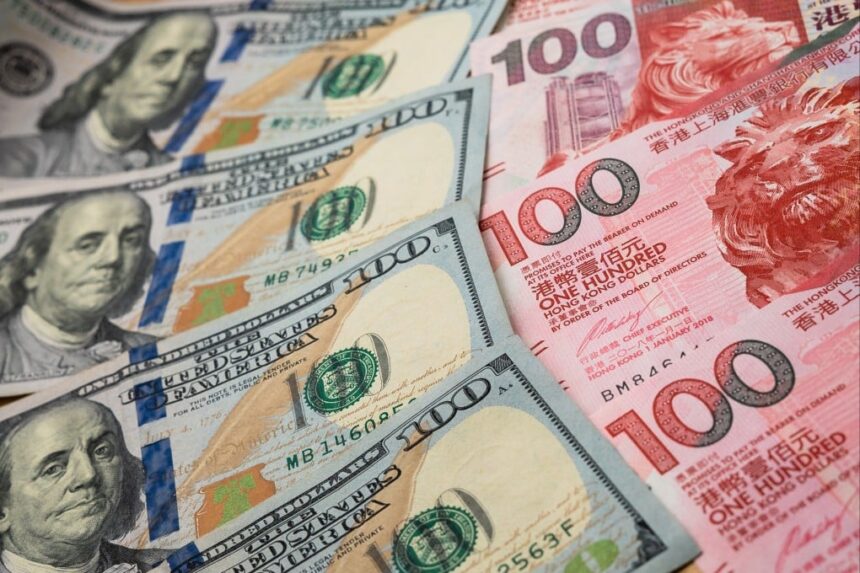Introduction: Hong Kong Dollar Hits Strong End of Peg
The Hong Kong Monetary Authority (HKMA) has stepped into the foreign exchange market for the first time in nearly two years to defend its currency peg. On May 3, 2025, the HKMA bought US$6.005 billion at HK$7.75—the strong end of its allowed trading band. This intervention comes amid rising capital inflows into the city’s stock market and just days before the US Federal Reserve’s key decision on interest rates.
This move underscores the delicate balance the HKMA must maintain as cross-border investment, especially from mainland China, fuels strong demand for the Hong Kong dollar. Here are the top five takeaways from this significant financial development.
1. HKMA Steps In as HK Dollar Reaches 4-Year High
The intervention was triggered after the HK dollar touched HK$7.75 overnight, during New York trading hours. This level marks the strong end of the currency’s peg with the US dollar, which has been in place since 1983. The move involved selling HK$46.539 billion and buying US dollars to stabilize the exchange rate.
Such a strong local currency reflects intense buying pressure, primarily from mainland Chinese investors using the Stock Connect scheme to invest in Hong Kong-listed companies like Alibaba and Tencent.
2. Capital Inflow from Mainland China Driving Demand
Mainland Chinese investors are a significant force in this trend. Their southbound trading activities have led to increased conversions of yuan into the Hong Kong dollar, amplifying currency appreciation pressure. According to exchange data, Chinese state funds were involved in over HK$170 billion worth of trades on April 9 and 10 alone.
This surge demonstrates growing confidence in the undervalued Hong Kong equity market, which remains one of the cheapest among global financial hubs.
3. Anticipation of US Rate Cuts Fuels Currency Speculation
The HKMA’s action comes less than a week before the US Federal Reserve’s policy meeting on May 8, 2025. Analysts expect a possible rate cut, which could weaken the US dollar and drive further capital into Hong Kong. The HKMA’s preemptive action seeks to prevent excessive appreciation of the local currency and keep the market stable ahead of that decision.
4. Liquidity Surge Expected in Hong Kong Banking Sector
Following the intervention, the HKMA’s aggregated balance—a key indicator of liquidity in the local banking system—is expected to jump to HK$91.31 billion. That’s nearly double the previous level of HK$46.54 billion. Higher liquidity may support increased lending and stock market activity in the short term.
5. Long-Term Peg Stability Remains HKMA’s Priority
This latest action reflects the HKMA’s ongoing commitment to defending the peg system that has anchored financial stability in Hong Kong since the early 1980s. In 2022, during a capital outflow cycle, the authority intervened 41 times. By contrast, the current move signals a shift toward managing strong inflows as economic sentiment improves.
Market experts like Tommy Ong of T.O. & Associates believe the HK dollar will remain within the HK$7.757 to HK$7.78 range in the near term. The HKMA has made clear it will “closely monitor the market” and act if needed to maintain orderly exchange and money markets.
Conclusion: What This Means for Investors
For investors, the HKMA’s intervention is a clear sign of growing optimism around Hong Kong’s economic and financial outlook. With strong capital inflows, potential US rate cuts, and steady performance by tech giants on the Hang Seng Index, the city is positioning itself as a re-emerging magnet for global funds.
As liquidity surges and mainland capital continues to flow in, the HKMA will likely remain vigilant. Investors should watch the US Fed’s upcoming decisions and further HKMA responses for clues on future market direction.
Stay updated with our in-depth coverage on the latest trends in the Hong Kong stock market.


